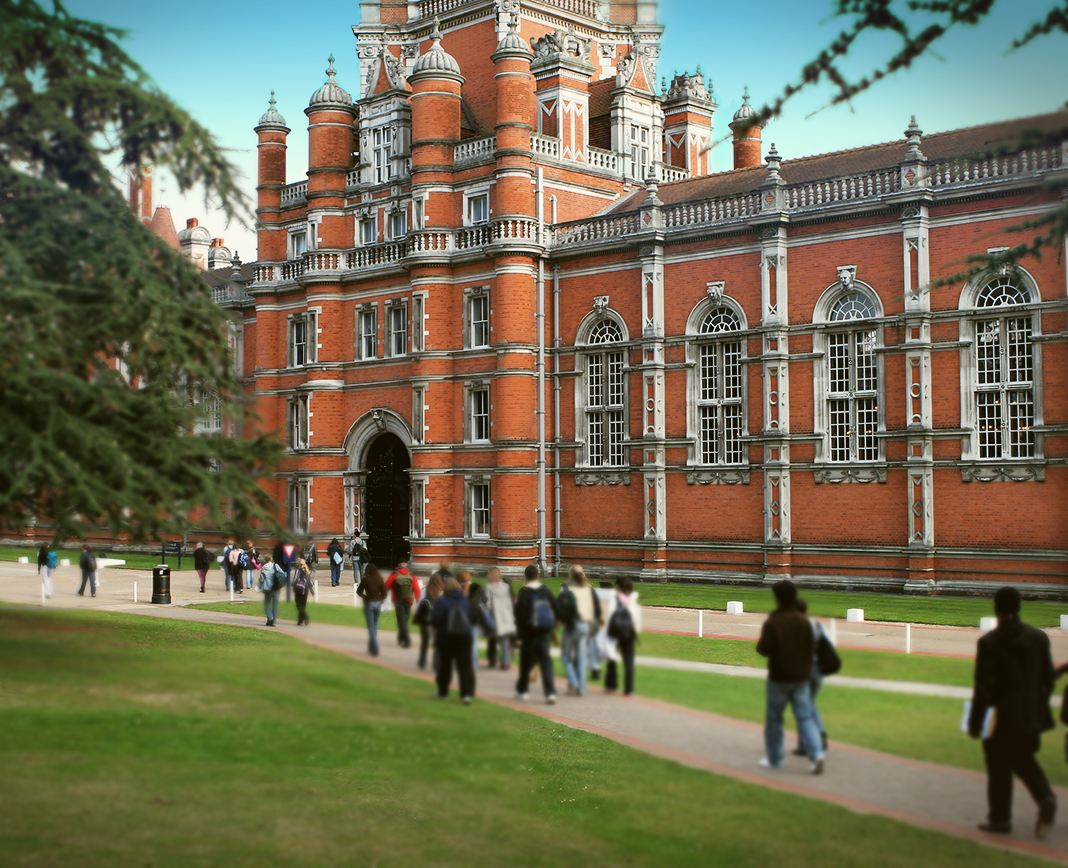PDF 27: Toru Takemitsu in the Woods, Aesthetic and Technical Aspects
- menadagho1985
- Aug 19, 2023
- 3 min read
The Muir Woods National Monument is an old-growth coastal redwood forest.[6] Due to its proximity to the Pacific Ocean, the forest is regularly shrouded in a coastal marine layer fog, contributing to a wet environment that encourages vigorous plant growth. The fog is also vital for the growth of the redwoods as they use moisture from the fog during droughty seasons, in particular the dry summer.[7]
toru takemitsu in the woods pdf 27
The redwoods grow on brown humus-rich loam which may be gravelly, stony or somewhat sandy. This soil has been assigned to the Centissima series, which is always found on sloping ground. It is well drained, moderately deep, and slightly to moderately acidic.[9]It has developed from a mélange in the Franciscan Formation.[10] More open areas of the park have shallow gravelly loam of the Barnabe series, or deep hard loam of the Cronkhite series.[11]
This was noticed by William Kent, a rising California politician who would soon be elected to the U.S. Congress. He and his wife, Elizabeth Thacher Kent, purchased 611 acres (247 ha) of land from the Tamalpais Land and Water Company for $45,000 with the goal of protecting the redwoods and the mountain above them. The deal was facilitated by banker Lovell White and his activist wife, Laura Lyon White.[12]
Muir Woods became a national monument in 1908 before the National Park Service existed when it was signed into law under the Antiquities Act by president Teddy Rosevelt. Prior to this, Muir Woods was called "Redwoods Canyon" before it was bought by the Kent family. The family bought the area to protect and preserve it and worked to get President Roosevelt to declare it a monument. In legislation written to protect Muir Woods, it was described as, "of extraordinary scientific interest and importance because of the primeval character of the forest in which it is located, and of the character, age and size of the trees". Once declared a national monument, Muir Woods was immediately protected and placed under the care of the United States Government. The Antiquities Act was the first of its kind to provide protection for natural resources.
The main attraction of Muir Woods are the coast redwood (Sequoia sempervirens) trees. They are known for their height, and are related to the giant sequoia of the Sierra Nevada. While redwoods can grow to nearly 380 feet (115 m), the tallest tree in the Muir Woods is 258 feet (79 m). The trees come from a seed no bigger than that of a tomato seed.[16] Most of the redwoods in the monument are between 500 and 800 years old. The oldest is at least 1,200 years old.
Other tree species grow in the understory of the redwood groves. Three of the most common are the California bay laurel, the bigleaf maple and the tanoak. Each of these species has developed a unique adaptation to the low level of dappled sunlight that reaches them through the redwoods overhead. The California bay laurel has a strong root system that allows the tree to lean towards openings in the canopy. The bigleaf maple, true to its name, has developed the largest leaf of any maple species allowing it to capture more of the dim light. The tanoak has a unique internal leaf structure that enables it to make effective use of the light that filters through the canopy.
Muir Woods is home to over 50 species of birds.[24] This relatively low number is due to the lack of insects. The tannin in the trees repels the insects and the volume of flowers and fruits produced by plants below the canopy is limited by the shade of the redwoods.
Characters played by James Stewart and Kim Novak visit the Muir Woods National Monument in Alfred Hitchcock's 1958 film Vertigo; however, the scene was actually shot in Big Basin Redwoods State Park.[40] The monument was a setting in Rise of the Planet of the Apes (2011), Dawn of the Planet of the Apes (2014) and the first act of War for the Planet of the Apes (2017), though all three films were in fact filmed in British Columbia.[41][42] Jack Kerouac discusses hiking though Muir Woods in his 1958 novel The Dharma Bums. He appears in the Big Hero 6: The Series, set in an alternate history that San Francisco was under much Japanese influence after the 1906 earthquake, was "Muirahara Woods". 2ff7e9595c


Comments